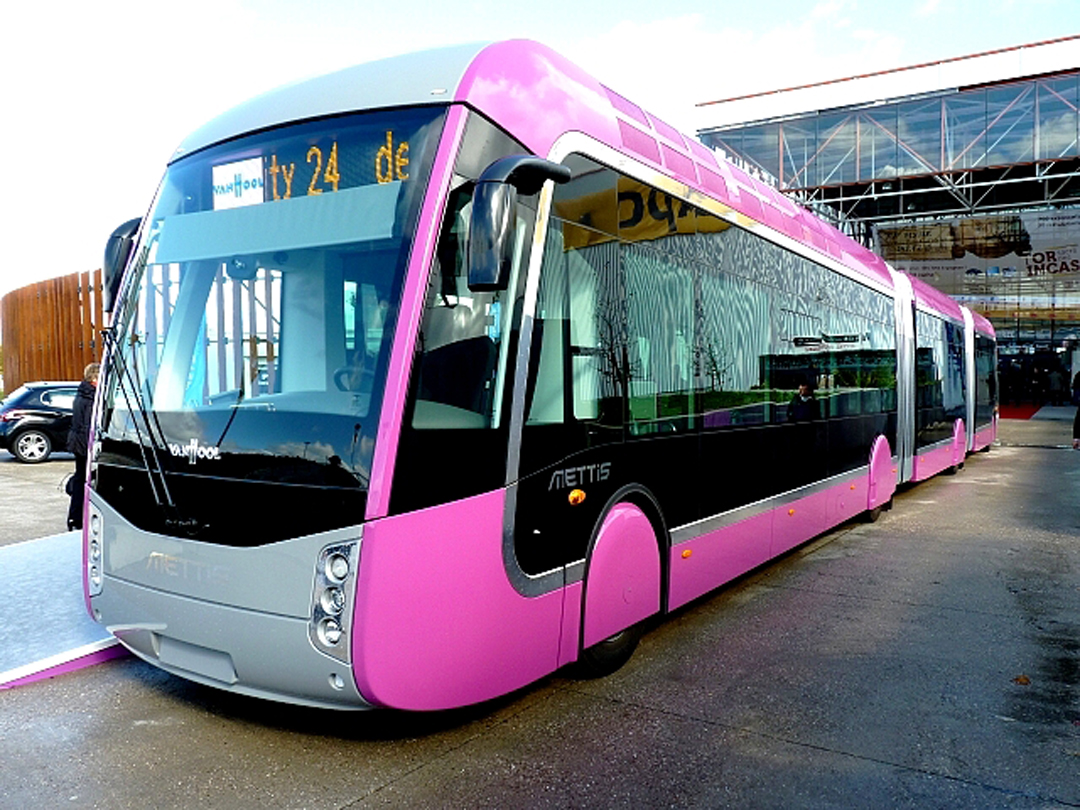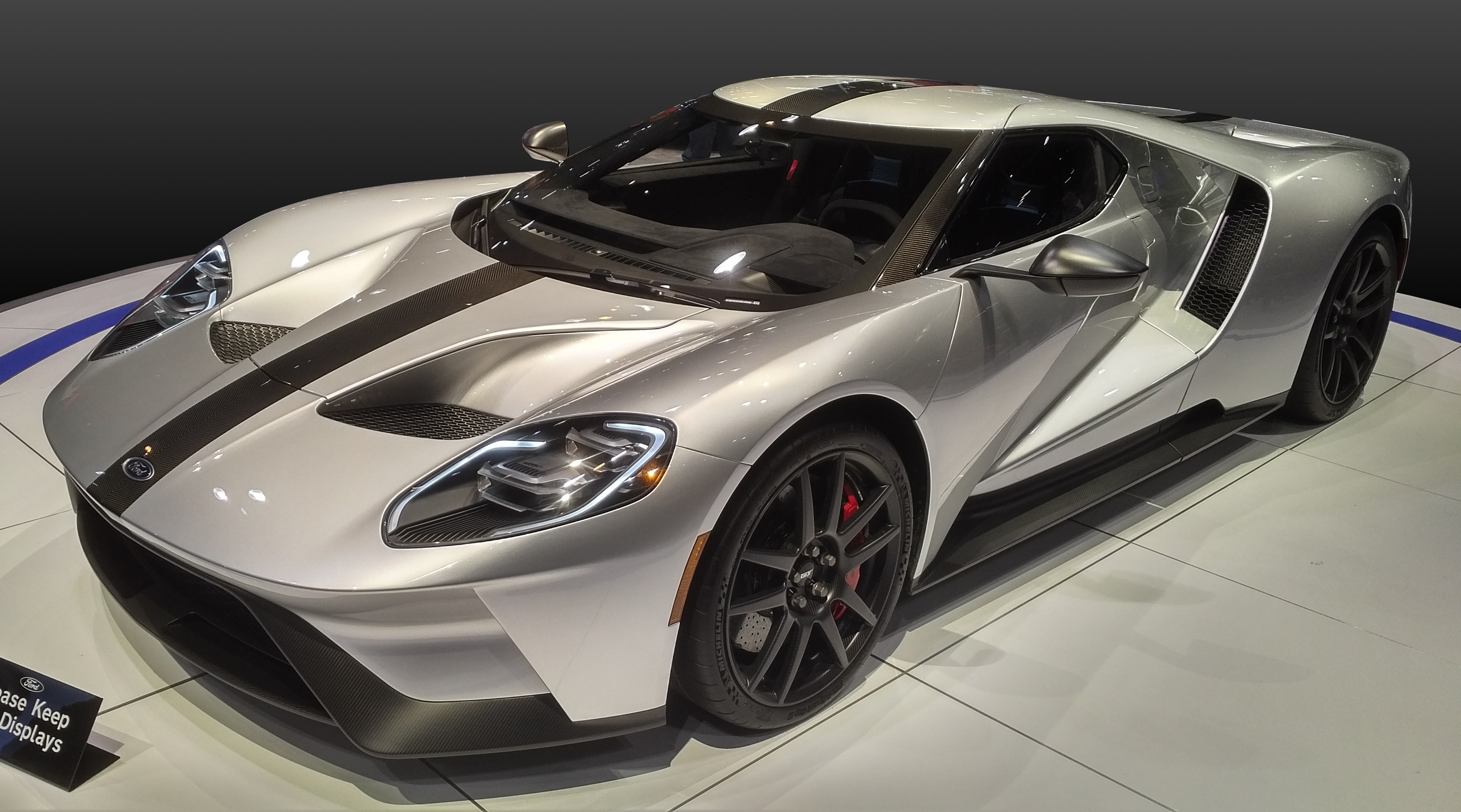|
Citroën Revolte
The Citroën Revolte is a hybrid car, hybrid concept car, concept supermini that was presented and produced by Citroën at the Frankfurt Motor Show#2009, 2009 Frankfurt Motor Show. Overview The design of the Revolte is based on the historical Citroën 2CV. The concept car shows the changes that have been happening in terms of the role superminis and that style and elegance have become as important as economy and practicality. The Citroën Revolte is related to the Citroën Survolt. The Revolte concept features Citroën's bold design, which has become part of its history bringing a new contemporary approach to its superminis. The Revolte is 3.68m long, 1.73m wide and 1.35m tall. With well defined wheel arches, curving hood (automobile), bonnet, forceful lines and sculpted sides, matching the roof line, the Revolte has a sleek and elegant profile, similar to that of the Citroën Survolt, a concept car, concept hybrid car, hybrid supercar developed in 2010 by Citroën. The concept ... [...More Info...] [...Related Items...] OR: [Wikipedia] [Google] [Baidu] |
Citroën
Citroën ()The double-dot diacritic over the 'e' is a diaeresis () indicating the two vowels are sounded separately, and not as a diphthong. is a French automobile brand. The "Automobiles Citroën" manufacturing company was founded on 4 June 1919 by André Citroën. Citroën has been owned by Stellantis since 2021 and previously was part of the PSA Group after Peugeot acquired 89.95% share in 1976. Citroën's head office is located in the Stellantis Poissy Plant in Saint-Ouen-sur-Seine since 2021 (previously in Rueil-Malmaison) and its offices studies and research in Vélizy-Villacoublay, Poissy (CEMR), Carrières-sous-Poissy and Sochaux-Montbéliard. In 1934, the firm established its reputation for innovative technology with the Citroën Traction Avant, Traction Avant. This was the world's first car to be mass-produced with front-wheel drive and four-wheel independent suspension, as well as unibody construction, omitting a separate chassis, and instead using the body of the car ... [...More Info...] [...Related Items...] OR: [Wikipedia] [Google] [Baidu] |
Subcompact Cars
Subcompact car is a North American classification for cars smaller than a compact car. It is broadly equivalent to the B-segment (Europe), supermini (Great Britain) or A0-class (China) classifications. According to the U.S. Environmental Protection Agency (EPA) car size class definition, the subcompact category sits between the "minicompact" and "compact" categories. The EPA definition of a subcompact is a passenger car with a combined interior and cargo volume of . Current examples of subcompact cars are the Nissan Versa and Mitsubishi Mirage. The smaller cars in the A-segment/city car category (such as the Chevrolet Spark and Smart Fortwo) are sometimes called subcompacts in the U.S., because the EPA's name for this smaller category — "minicompact" — is not commonly used by the general public. The prevalence of small cars in the United States increased in the 1960s due to increased imports of cars from Europe and Japan. Widespread use of the term subcompact coincided w ... [...More Info...] [...Related Items...] OR: [Wikipedia] [Google] [Baidu] |
Hybrid Vehicles
A hybrid vehicle is one that uses two or more distinct types of power, such as submarines that use diesel when surfaced and batteries when submerged. Other means to store energy include pressurized fluid in hydraulic hybrids. Hybrid powertrains are designed to switch from one power source to another to maximize both fuel efficiency and energy efficiency. In hybrid electric vehicles, for instance, the electric motor is more efficient at producing torque, or turning power, while the combustion engine is better for maintaining high speed. Improved efficiency, lower emissions, and reduced running costs relative to non-hybrid vehicles are three primary benefits of hybridization. Vehicle types Two-wheeled and cycle-type vehicles Mopeds, electric bicycles, and even electric kick scooters are a simple form of a hybrid, powered by an internal combustion engine or electric motor and the rider's muscles. Early prototype motorcycles in the late 19th century used the same principle. ... [...More Info...] [...Related Items...] OR: [Wikipedia] [Google] [Baidu] |
Cars Introduced In 2009
A car, or an automobile, is a motor vehicle with wheels. Most definitions of cars state that they run primarily on roads, seat one to eight people, have four wheels, and mainly transport people rather than cargo. There are around one billion cars in use worldwide. The French inventor Nicolas-Joseph Cugnot built the first steam-powered road vehicle in 1769, while the Swiss inventor François Isaac de Rivaz designed and constructed the first internal combustion-powered automobile in 1808. The modern car—a practical, marketable automobile for everyday use—was invented in 1886, when the German inventor Carl Benz patented his Benz Patent-Motorwagen. Commercial cars became widely available during the 20th century. The 1901 Oldsmobile Curved Dash and the 1908 Ford Model T, both American cars, are widely considered the first mass-produced and mass-affordable cars, respectively. Cars were rapidly adopted in the US, where they replaced horse-drawn carriages. In Europe and other pa ... [...More Info...] [...Related Items...] OR: [Wikipedia] [Google] [Baidu] |
Front-wheel-drive Vehicles
Front-wheel drive (FWD) is a form of engine and transmission layout used in motor vehicles, in which the engine drives the front wheels only. Most modern front-wheel-drive vehicles feature a transverse engine, rather than the conventional longitudinal engine arrangement generally found in rear-wheel-drive and four-wheel-drive vehicles. Location of engine and transmission By far the most common layout for a front-wheel-drive car is with the engine and transmission at the front of the car, mounted transversely. Other layouts of front-wheel drive that have been occasionally produced are a front-engine mounted longitudinally, a mid-engine layout and a rear-engine layout. History Prior to 1900 Experiments with front-wheel-drive cars date to the early days of the automobile. The world's first self-propelled vehicle, Nicolas-Joseph Cugnot's 1769/1770 "fardier à vapeur", was a front-wheel-driven three-wheeled steam-tractor. It then took at least a century for the f ... [...More Info...] [...Related Items...] OR: [Wikipedia] [Google] [Baidu] |
Citroën Concept Vehicles
Citroën ()The double-dot diacritic over the 'e' is a diaeresis () indicating the two vowels are sounded separately, and not as a diphthong. is a French automobile brand. The "Automobiles Citroën" manufacturing company was founded on 4 June 1919 by André Citroën. Citroën has been owned by Stellantis since 2021 and previously was part of the PSA Group after Peugeot acquired 89.95% share in 1976. Citroën's head office is located in the Stellantis Poissy Plant in Saint-Ouen-sur-Seine since 2021 (previously in Rueil-Malmaison) and its offices studies and research in Vélizy-Villacoublay, Poissy (CEMR), Carrières-sous-Poissy and Sochaux-Montbéliard. In 1934, the firm established its reputation for innovative technology with the Citroën Traction Avant, Traction Avant. This was the world's first car to be mass-produced with front-wheel drive and four-wheel independent suspension, as well as unibody construction, omitting a separate chassis, and instead using the body of the car ... [...More Info...] [...Related Items...] OR: [Wikipedia] [Google] [Baidu] |
Electric Motor
An electric motor is a machine that converts electrical energy into mechanical energy. Most electric motors operate through the interaction between the motor's magnetic field and electric current in a electromagnetic coil, wire winding to generate Laplace force in the form of torque applied on the motor's shaft. An electric generator is mechanically identical to an electric motor, but operates in reverse, converting mechanical energy into electrical energy. Electric motors can be powered by direct current (DC) sources, such as from batteries or rectifiers, or by alternating current (AC) sources, such as a power grid, Inverter (electrical), inverters or electrical generators. Electric motors may also be classified by considerations such as power source type, construction, application and type of motion output. They can be brushed motor, brushed or brushless motor, brushless, single-phase electric power, single-phase, two-phase electric power, two-phase, or three-phase electric p ... [...More Info...] [...Related Items...] OR: [Wikipedia] [Google] [Baidu] |
Supercar
A supercar, also known as an exotic car, is a street-legal sports car with race track-like power, speed, and handling, plus a certain subjective ''cachet'' linked to pedigree and/or exclusivity. The term 'supercar' is frequently used for the extreme fringe of powerful, low-bodied mid-engine luxury sportscars. A low-profile car may have limited ground clearance, but a handling-favorable center of gravity and a smaller frontal area than a front engined car. These characteristics can reduce supercars' aerodynamic drag, enabling higher top speeds. Since the 2000s, the term hypercar has come into use for the highest-performance supercars. Supercars often serve as the flagship model within a vehicle manufacturer's sports car range and typically feature various performance-related technology derived from motorsports. Some examples include the Ferrari 458 Italia, Lamborghini Aventador, and McLaren 720S. Automotive journalism typically reserves the predicate 'hypercar' for l ... [...More Info...] [...Related Items...] OR: [Wikipedia] [Google] [Baidu] |
Hood (automobile)
The hood (American English) or bonnet (Commonwealth English) is the hinged cover over the engine of motor vehicles. Hoods can open to allow access to the engine compartment, or trunk (boot in Commonwealth English) on rear-engine and some mid-engine vehicles) for maintenance and repair. Terminology In British terminology, ''hood'' refers to a fabric cover over the passenger compartment of the car (known as the 'roof' or 'top' in the US). In many motor vehicles built in the 1930s and 1940s, the resemblance to an actual Hood (headgear), hood or Bonnet (headgear), bonnet is clear when open and viewed head-on. In modern vehicles it continues to serve the same purpose but no longer resembles a head covering. Styles and materials On front-engined cars, the hood may be hinged at either the front or the rear edge, or in earlier models (e.g. the Ford Model T) it may be split into two sections, one each side, each hinged along the centre line. Another variant combines the bonnet and ... [...More Info...] [...Related Items...] OR: [Wikipedia] [Google] [Baidu] |
Wheel Arches
A wheel is a rotating component (typically circular in shape) that is intended to turn on an axle bearing. The wheel is one of the key components of the wheel and axle which is one of the six simple machines. Wheels, in conjunction with axles, allow heavy objects to be moved easily facilitating movement or transportation while supporting a load, or performing labor in machines. Wheels are also used for other purposes, such as a ship's wheel, steering wheel, potter's wheel, and flywheel. Common examples can be found in transport applications. A wheel reduces friction by facilitating motion by rolling together with the use of axles. In order for a wheel to rotate, a moment must be applied to the wheel about its axis, either by gravity or by the application of another external force or torque. Terminology The English word ''wheel'' comes from the Old English word , from Proto-Germanic , from Proto-Indo-European , an extended form of the root . Cognates within Indo-European in ... [...More Info...] [...Related Items...] OR: [Wikipedia] [Google] [Baidu] |






